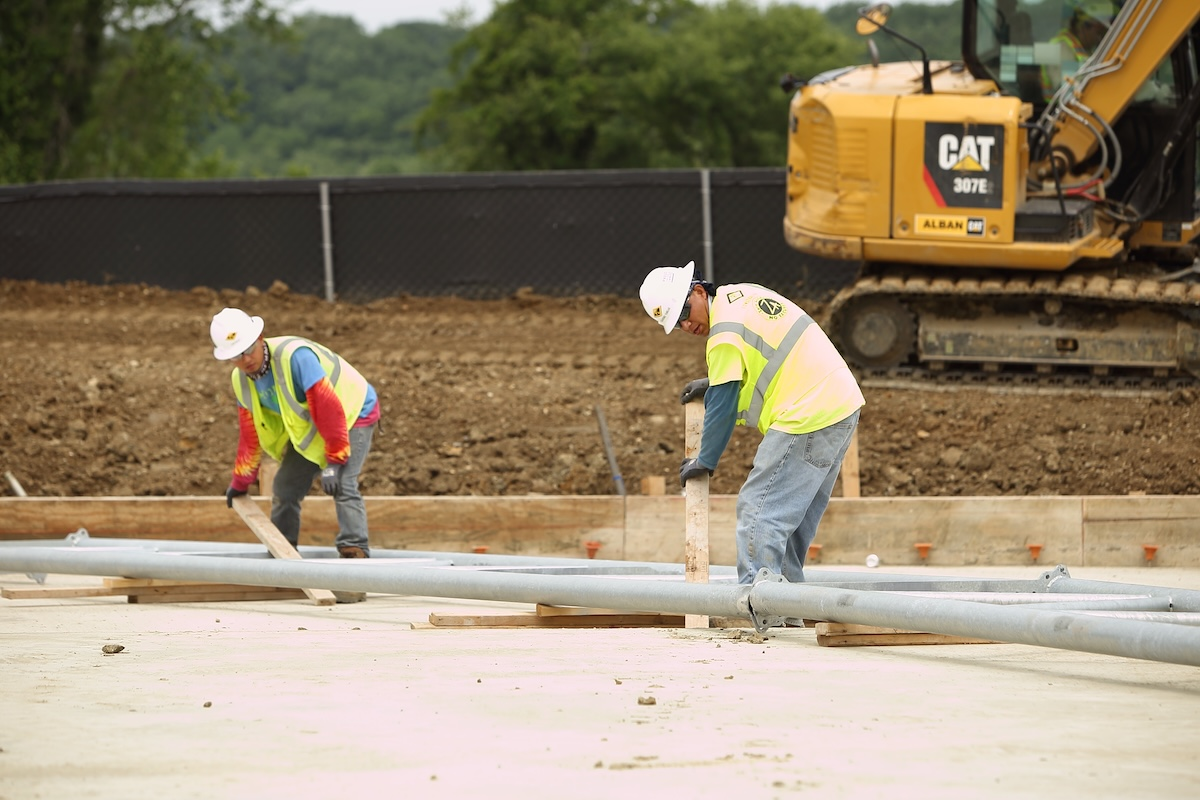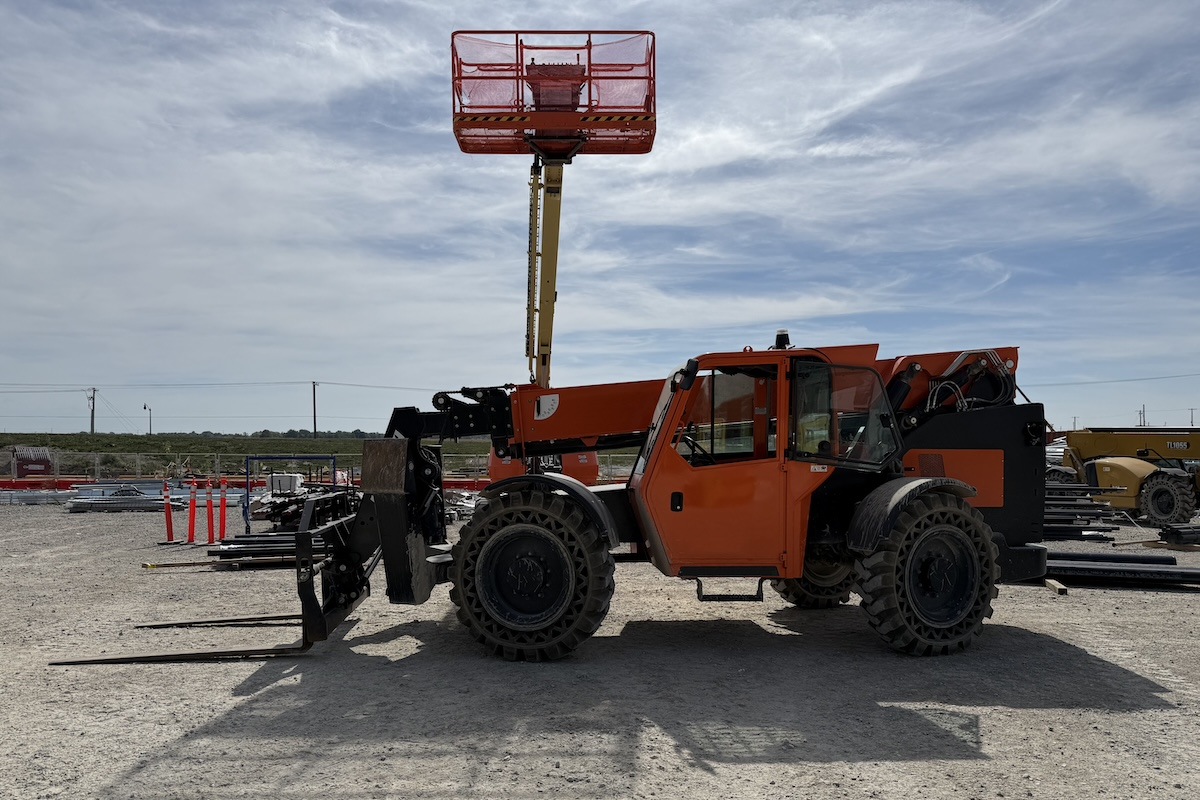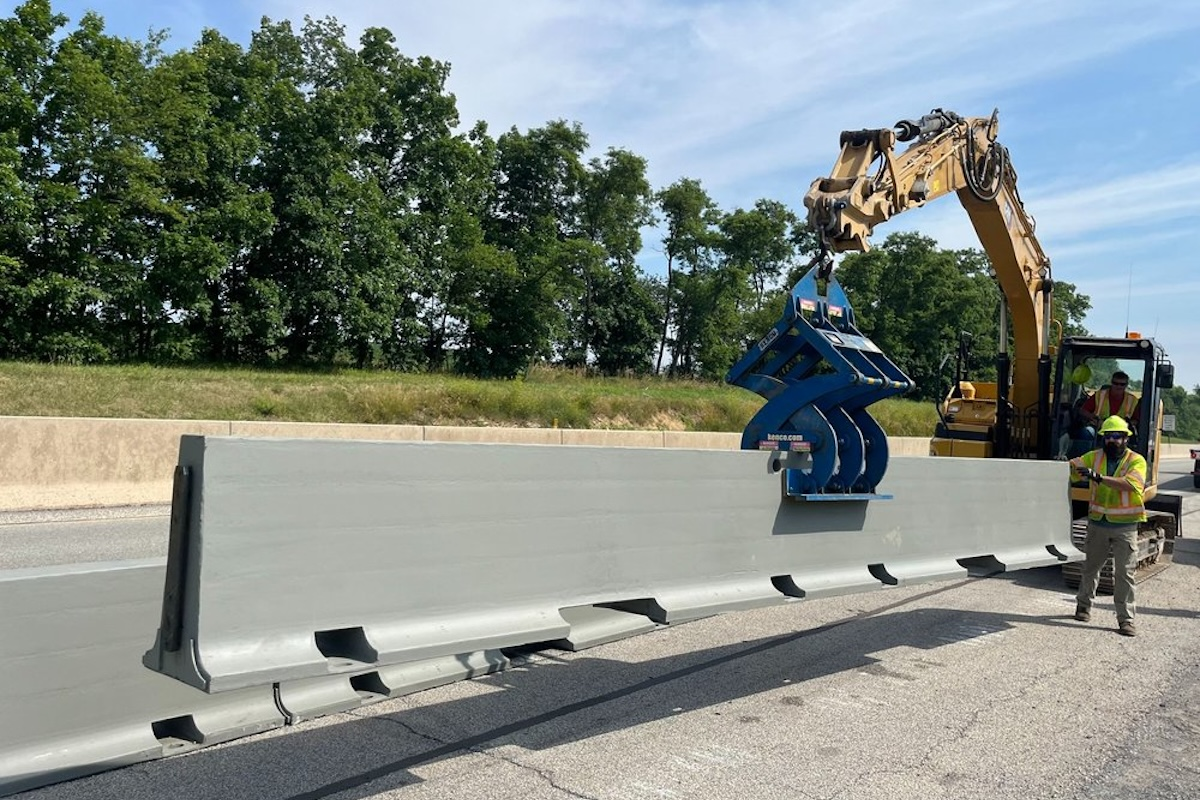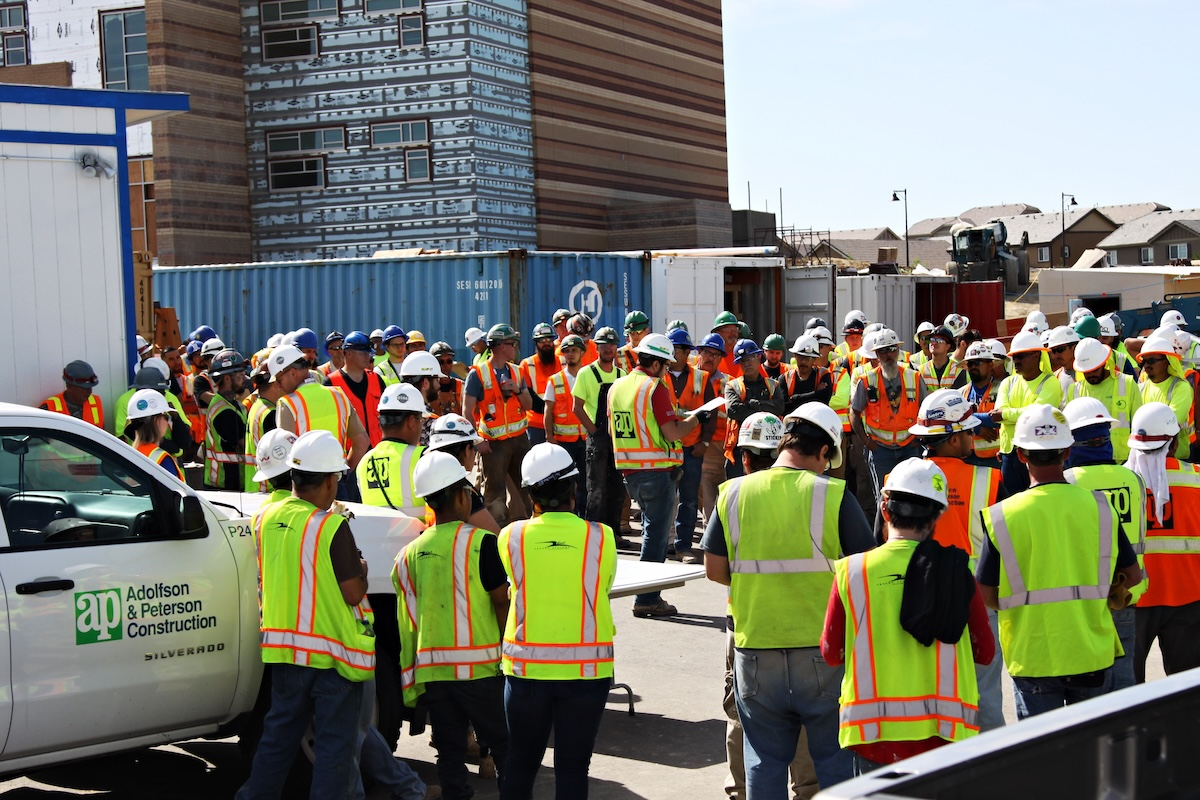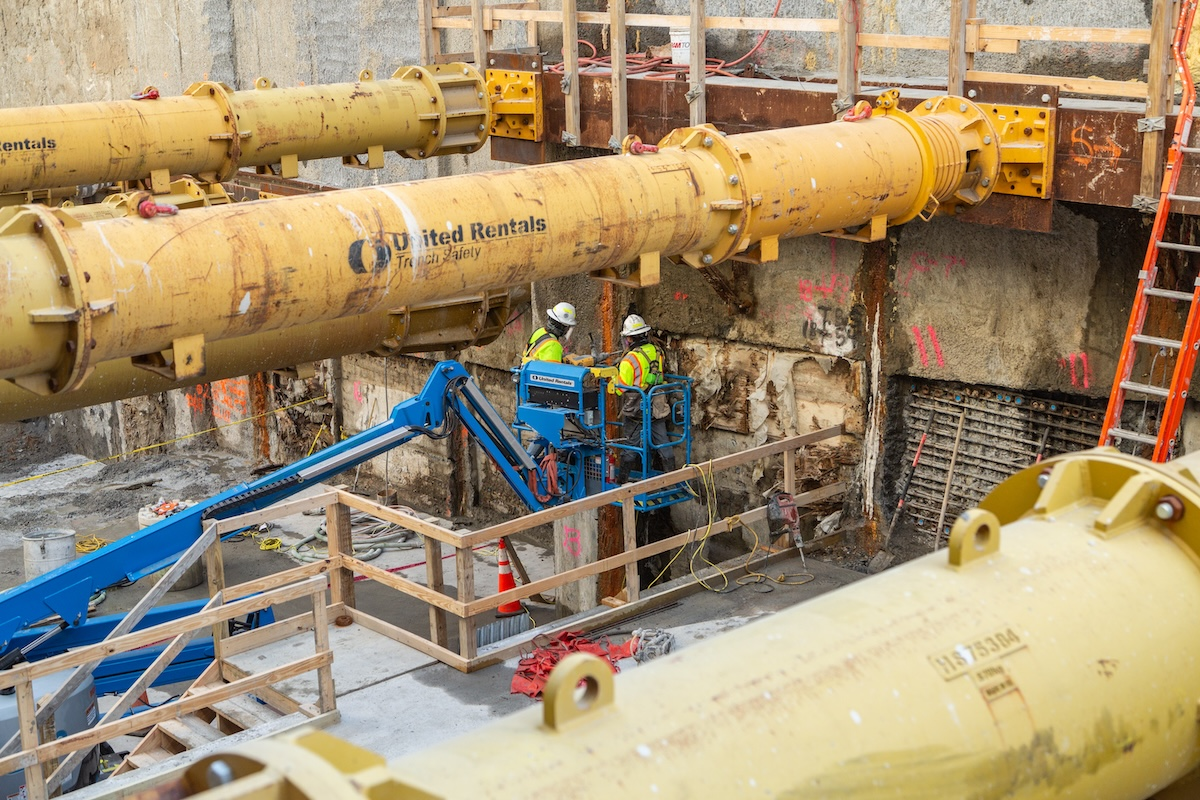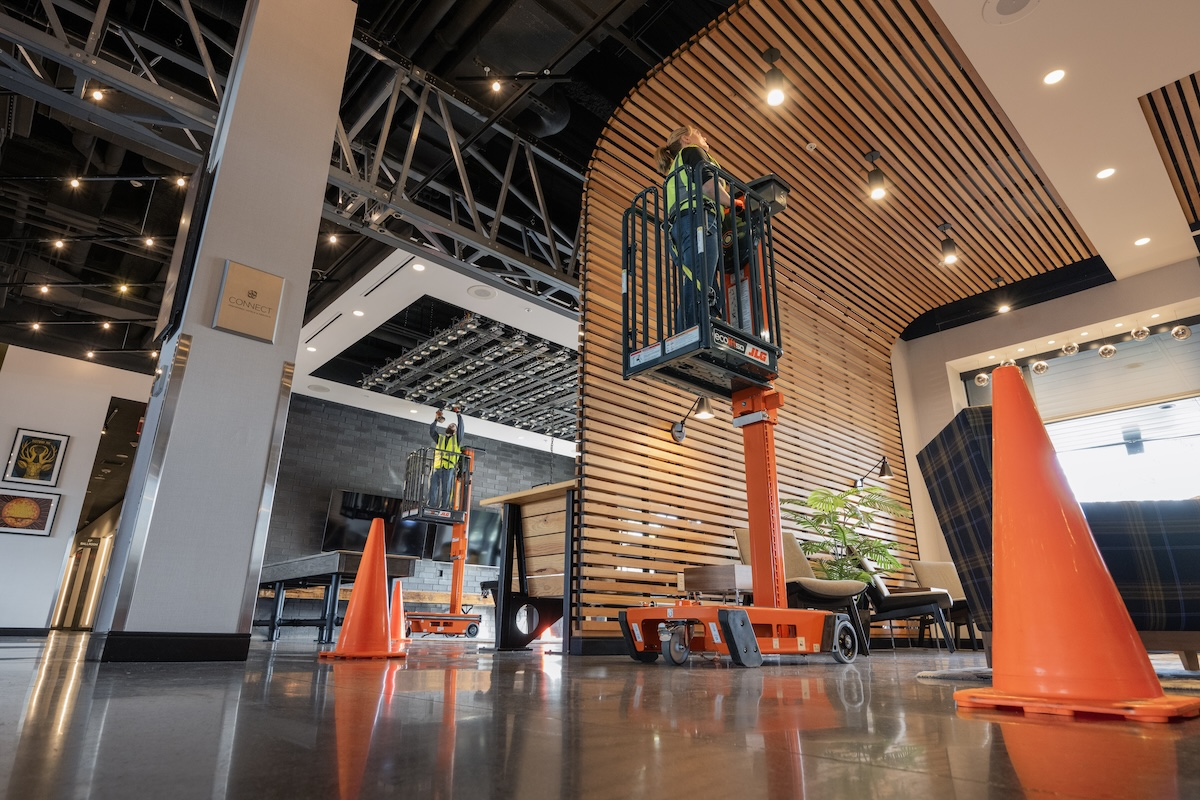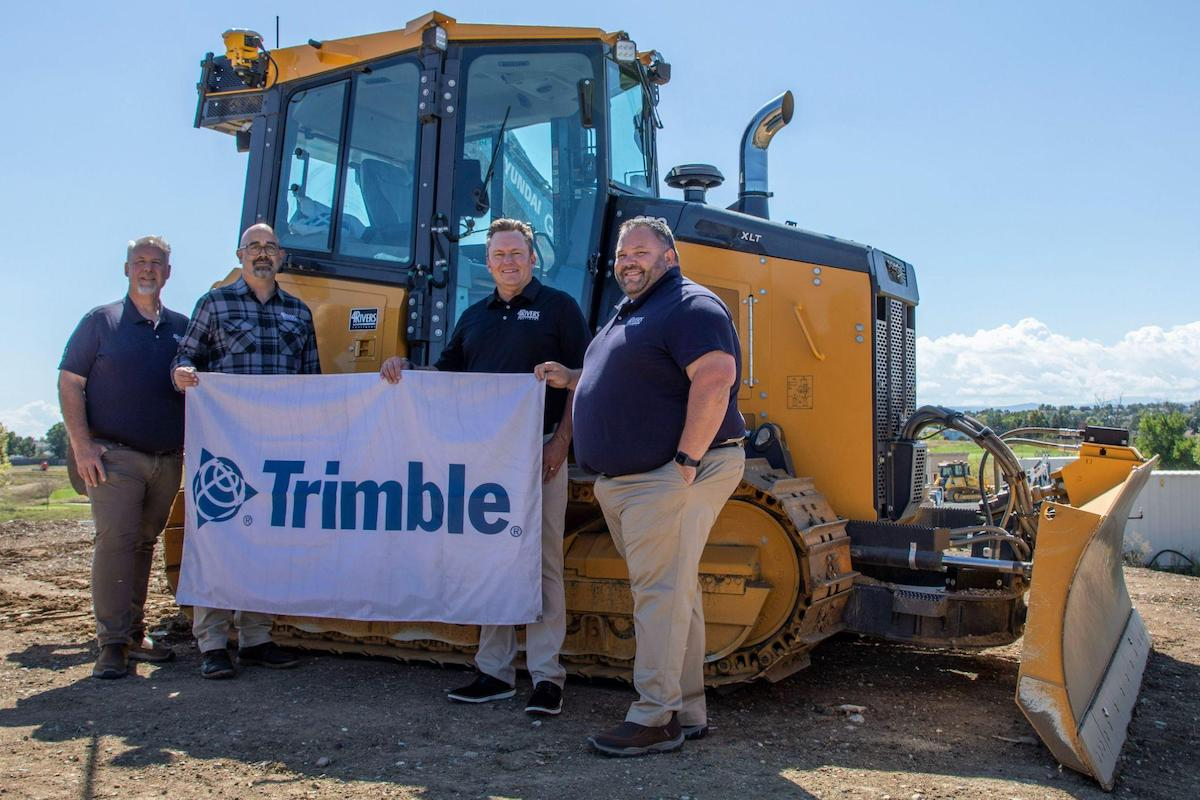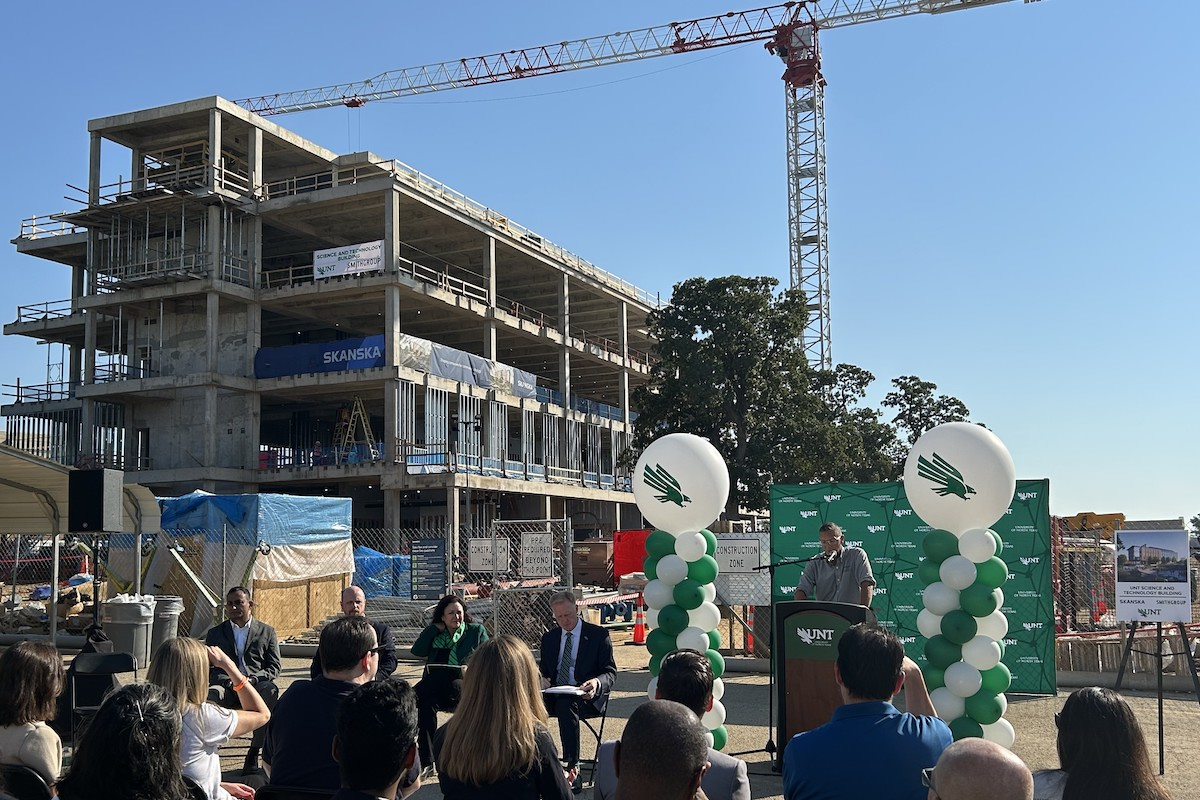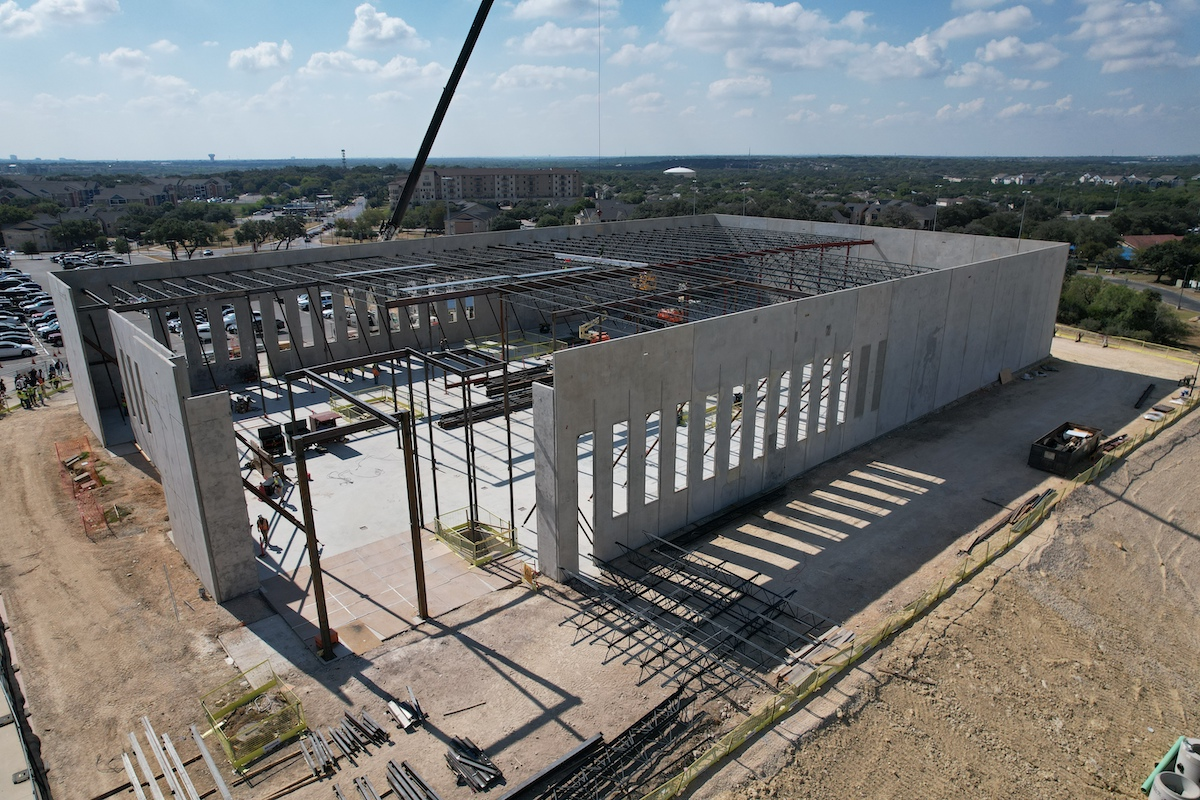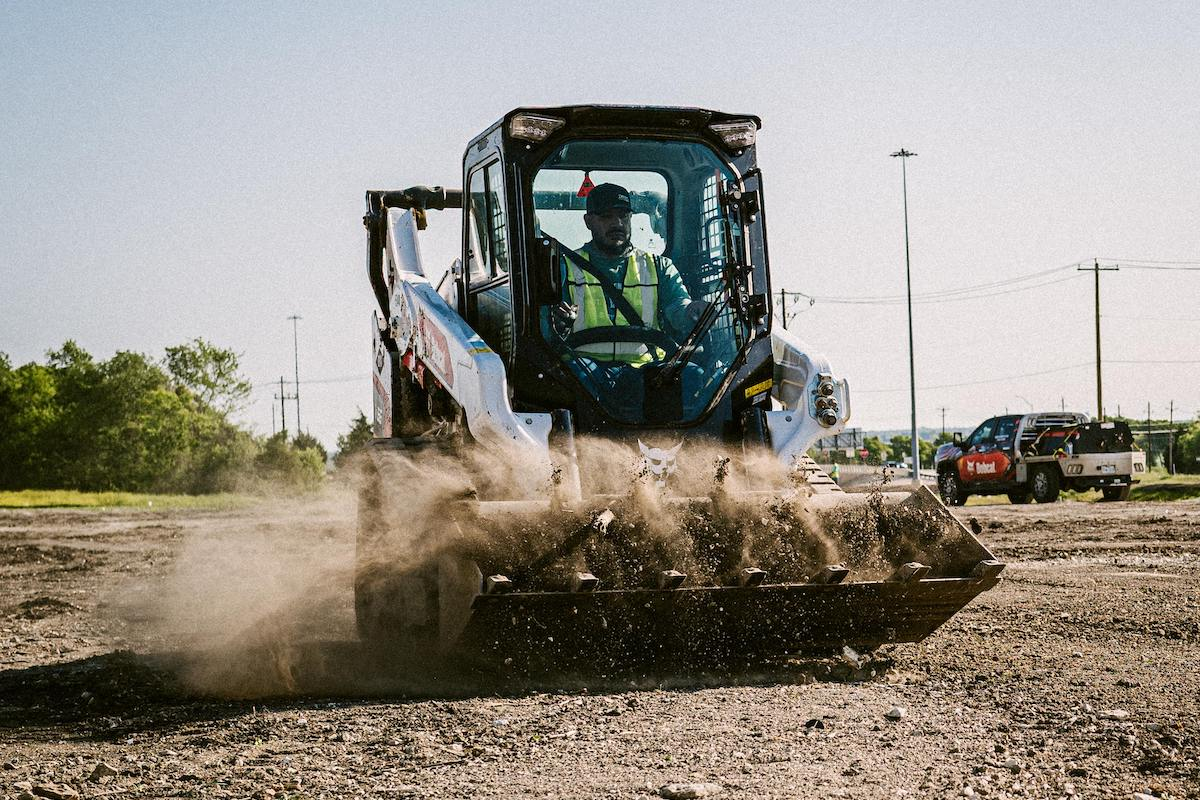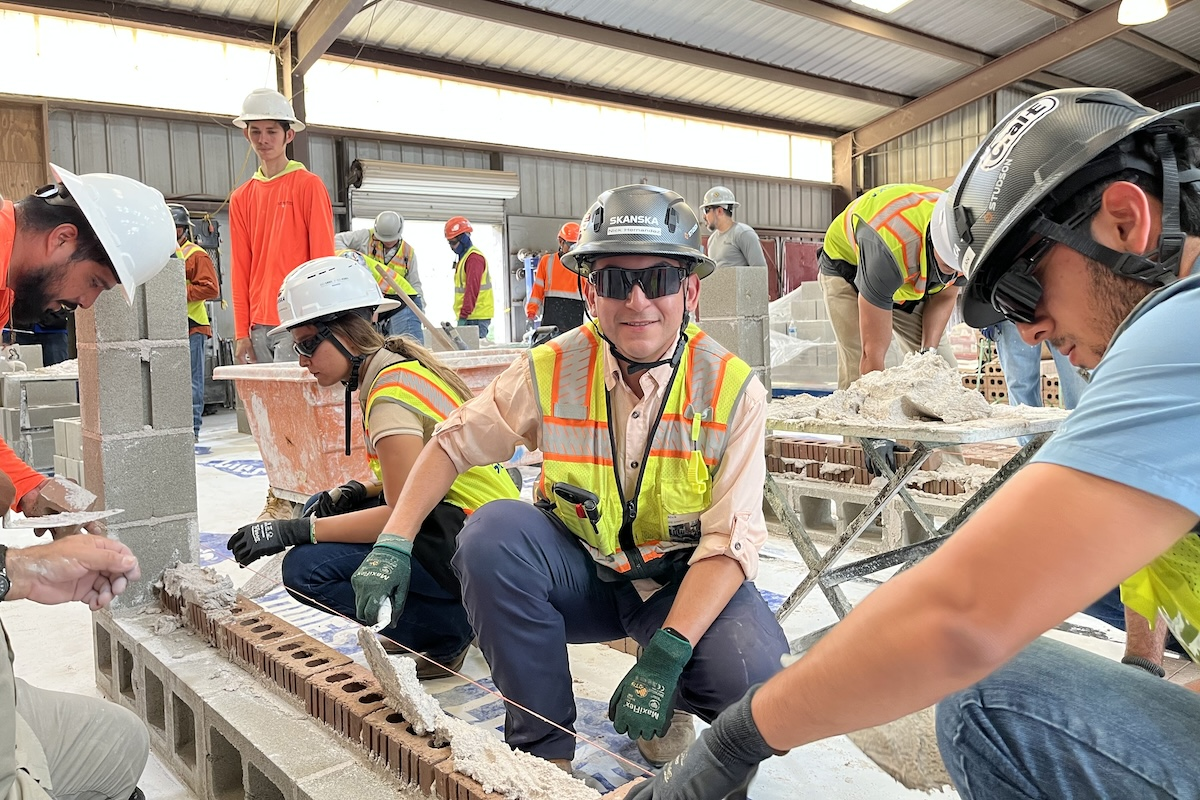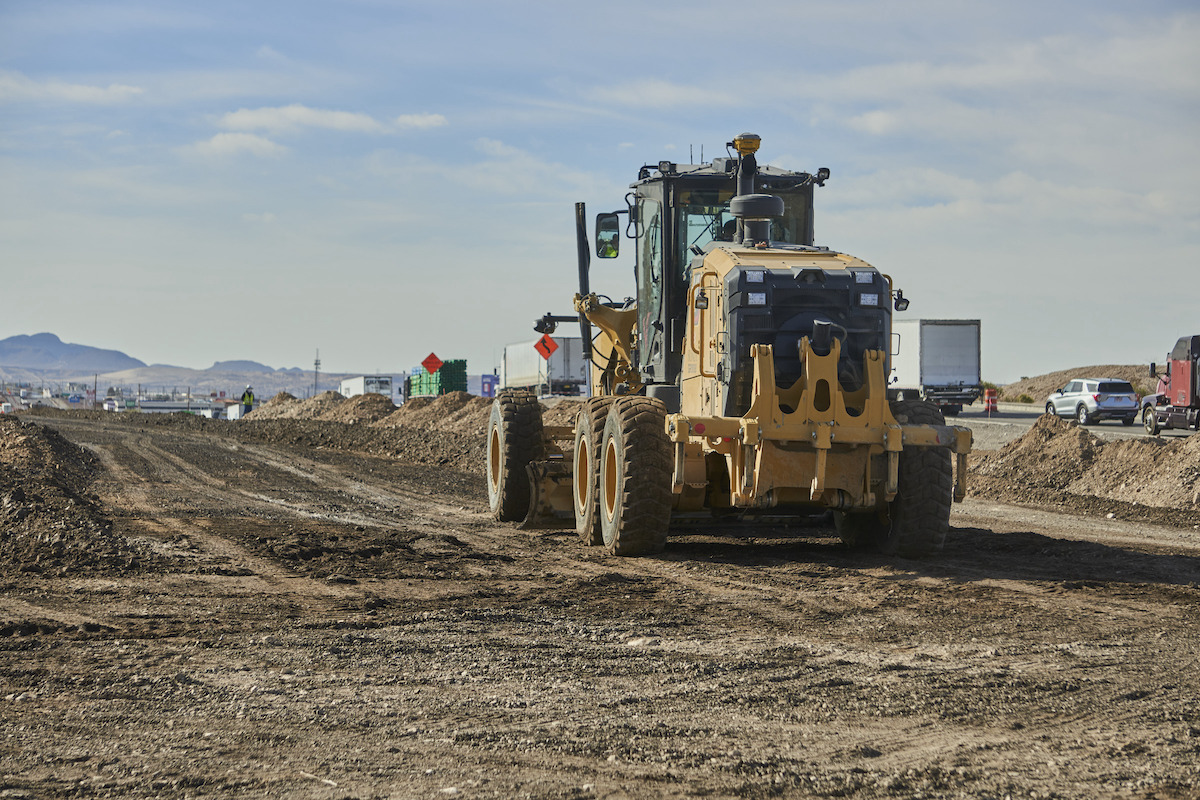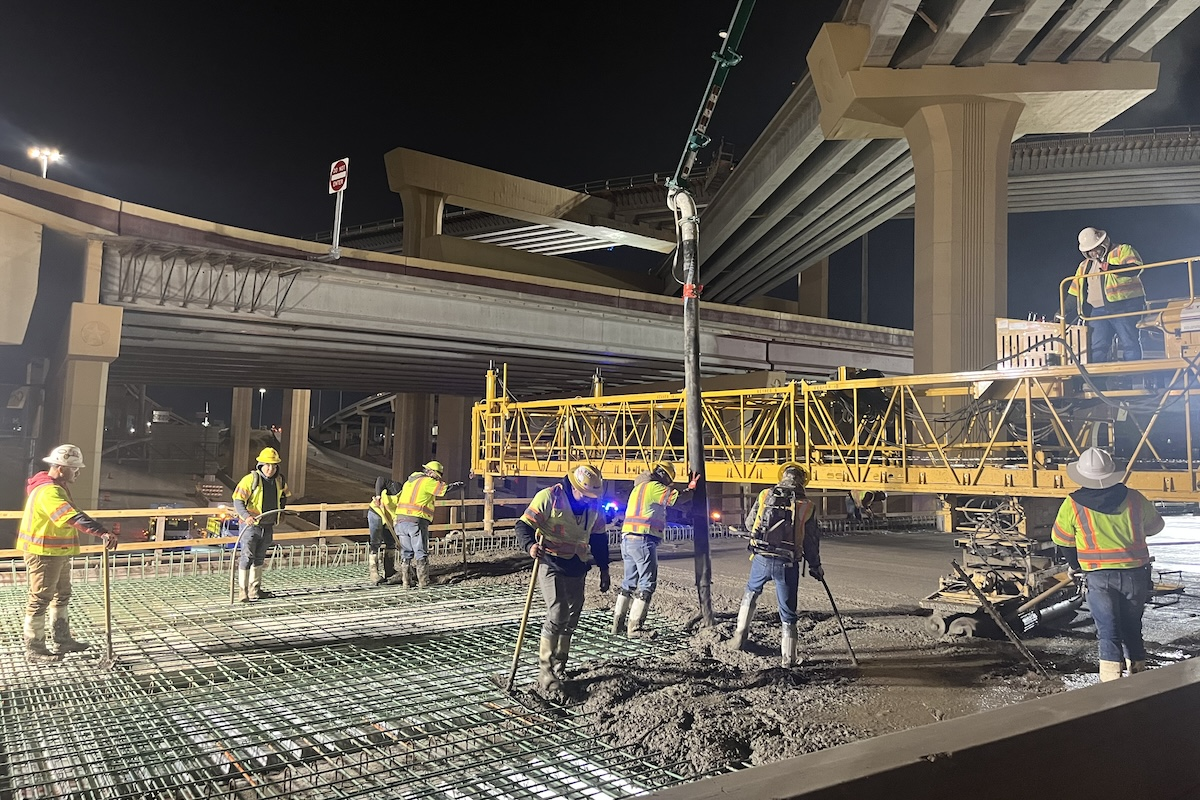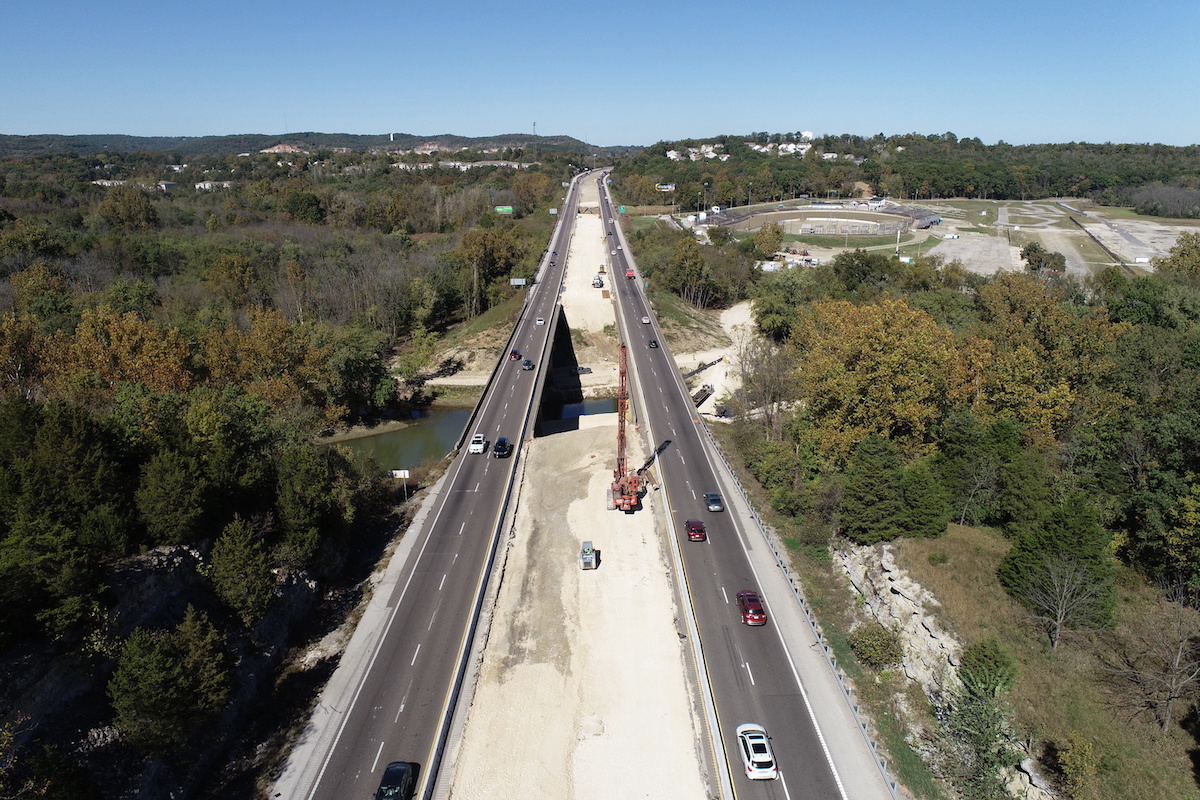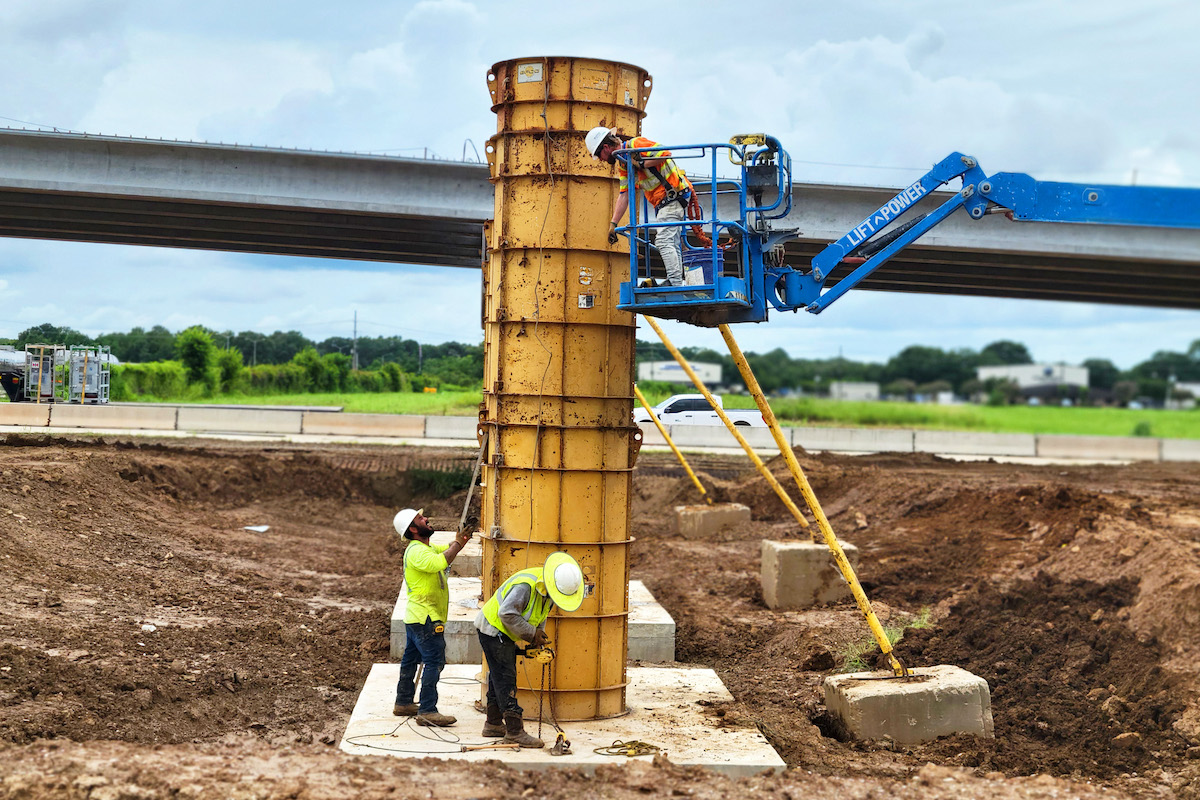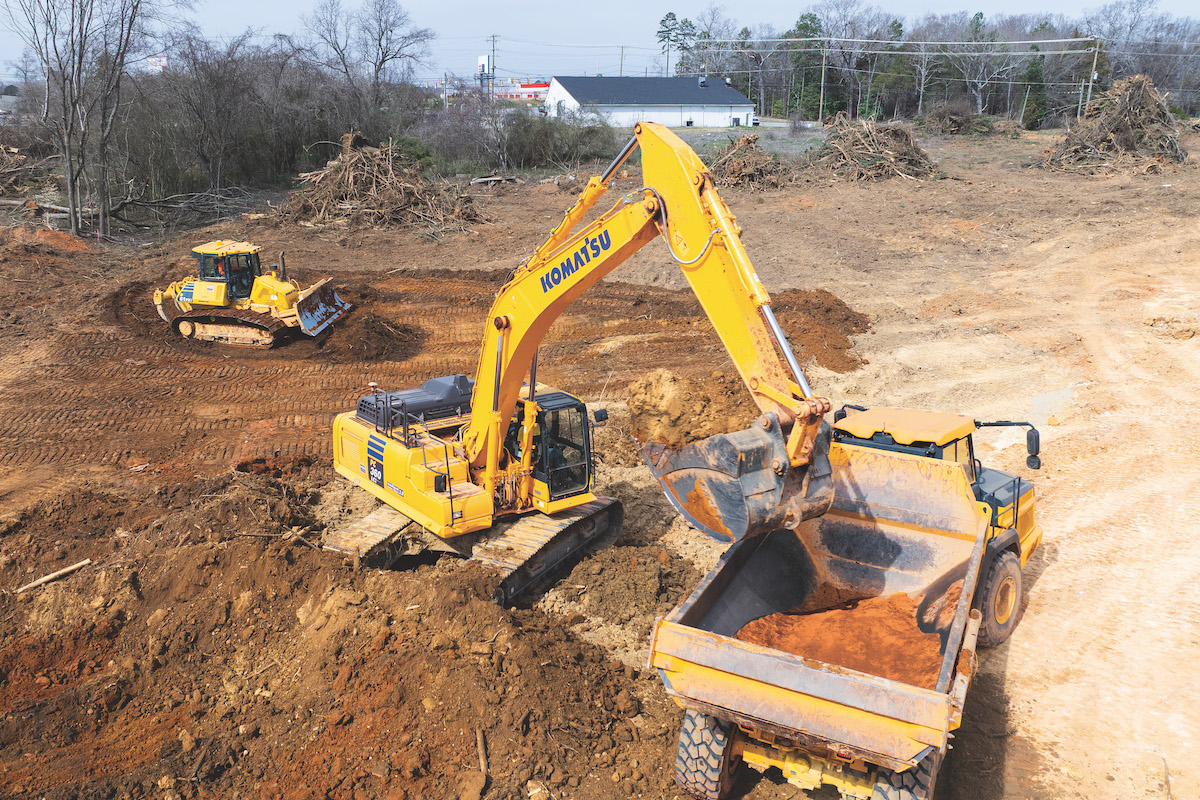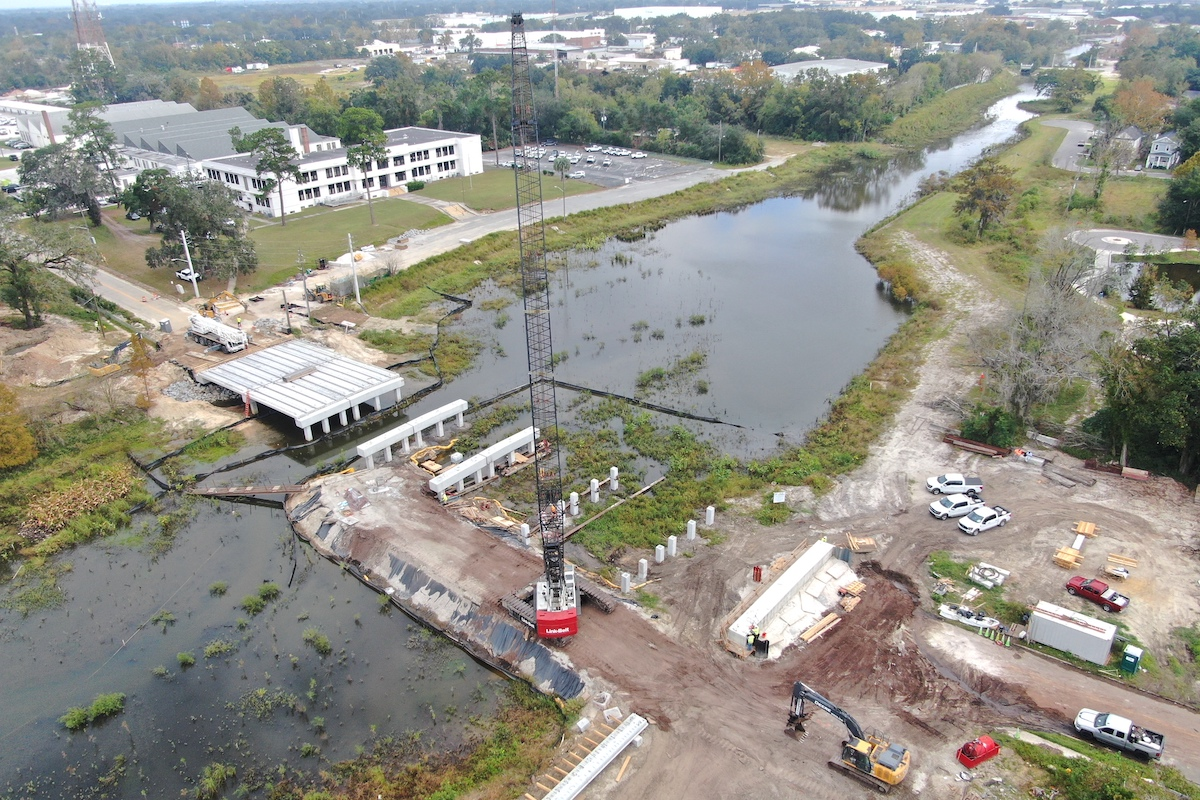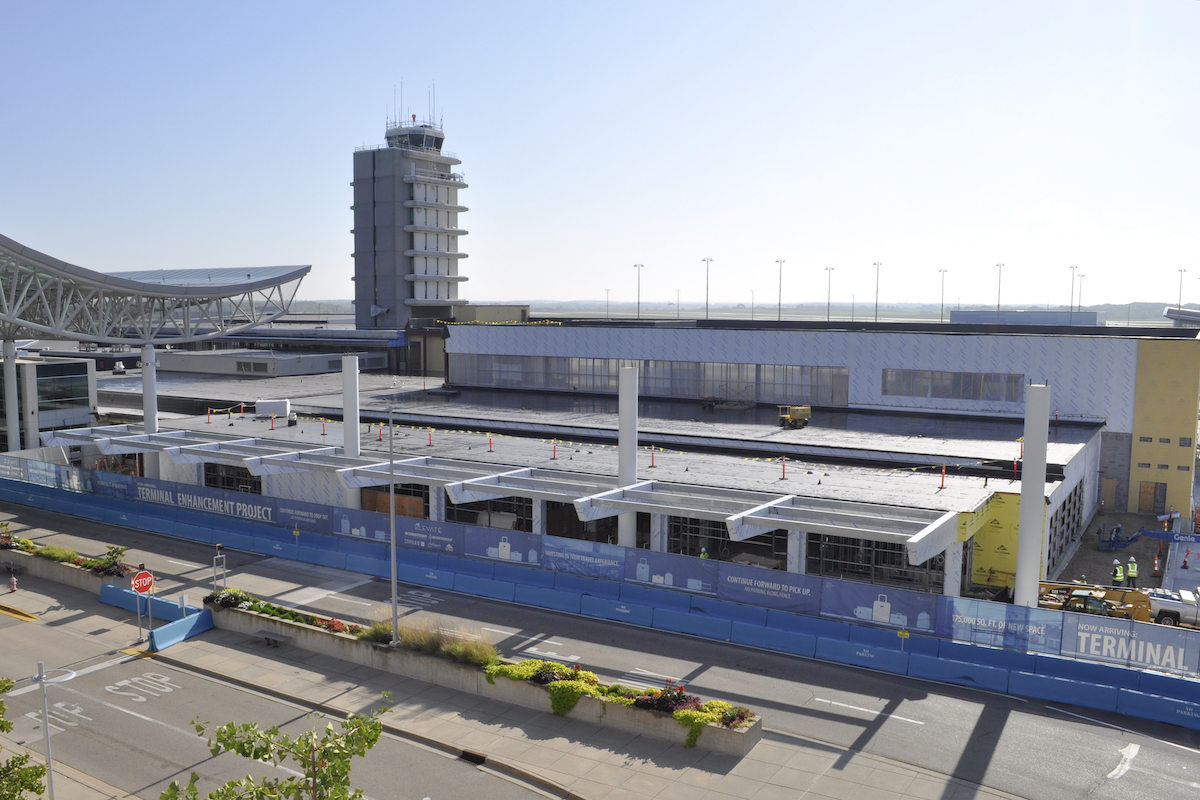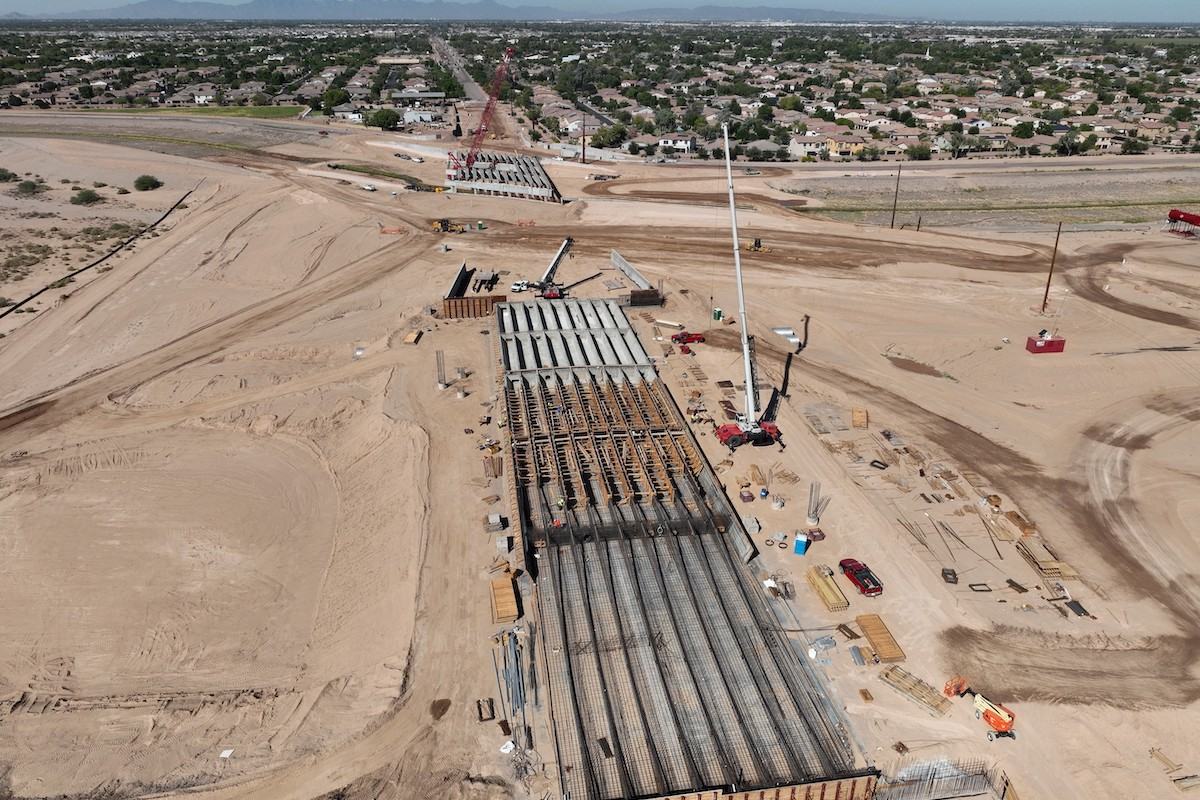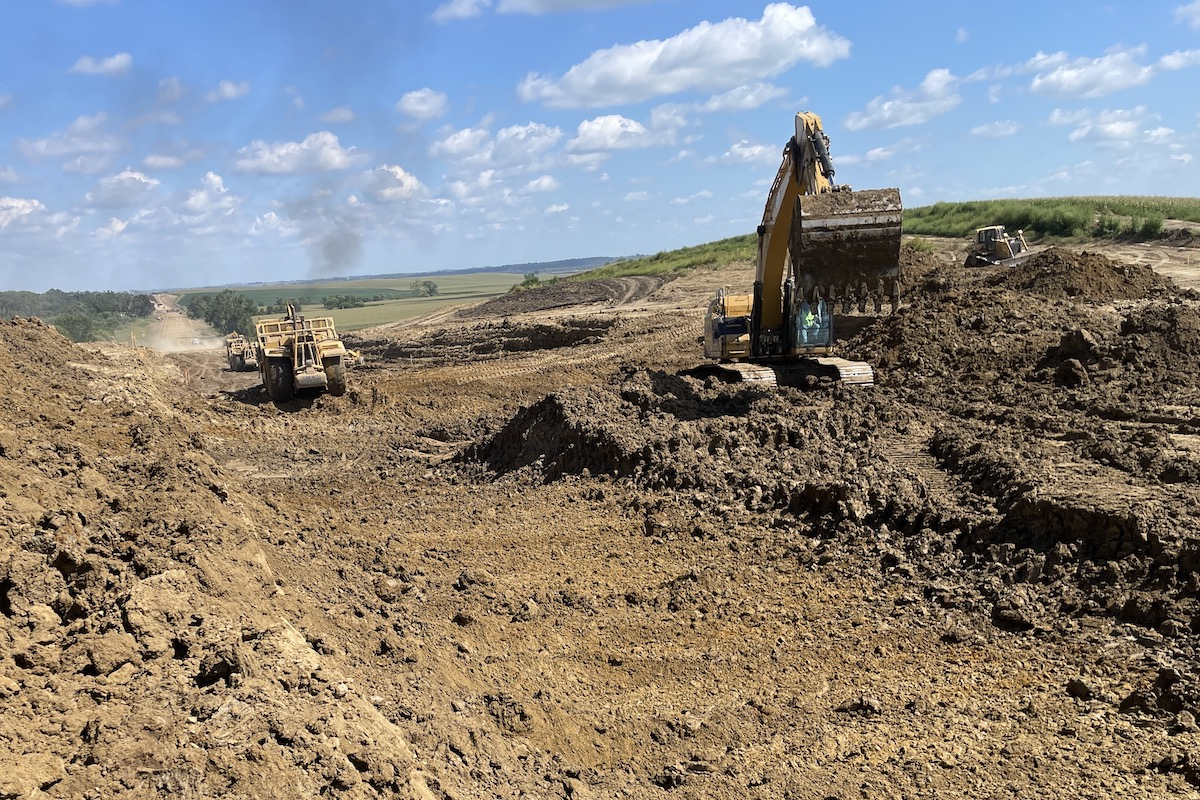U.S. Army and Marines on the southern border. Increased workplace raids and mass deportations. Mexican officials preparing for the arrival of numerous migrants. Just a short time since the beginning of the new presidential administration, we are already seeing numerous actions taken intended to reduce the presence of both undocumented and lawful immigrants in the U.S.
Nationwide, specifically in Texas, construction employers and others who rely on immigrant labor are increasingly concerned with how the crackdowns may affect their ability to conduct business and keep job sites staffed.
Anxiety in the construction industry about U.S. Immigration and Customs Enforcement (ICE) abounds amidst the current political environment. A 2022 report by the American Immigration Council and Texans for Economic Growth estimated that half a million immigrants are employed in the Texas construction industry (40 percent of all workers), and as many as 300,000 of those may be undocumented.
While there are no ways to completely inoculate your firm or its work sites from the risks of increased enforcement, there are measures construction firms can take to protect themselves. This article seeks to provide employers with strategies for dealing with the risks associated.
Contractors may face two types of ICE investigations. The agency has the legal authority to issue a Notice of Inspection (NOI) to employers, requiring them to provide documents such as historical lists of employees with their hire and termination dates, payroll and tax records, company ownership details, staffing vendor information, Employment Eligibility Verification Form I-9s, and any copies of employee documents that verify identity and authorization. Upon receiving an NOI, employers must submit the requested materials within three business days, after which ICE agents may review these documents on site. Contractors are advised to confer with counsel upon receiving notice of any ICE investigation.

| Your local Astec dealer |
|---|
| Closner Equipment Co Inc |
The second action the agency may take are often called “raids” or onsite inspections. Contractors should know that the risk of ICE agents coming to any particular job site with a valid judicial warrant is low, given that judicial warrants are granted in response to, or in connection with, some criminal action or investigation. It is far more likely that ICE agents will appear with and try to enforce an administrative arrest or removal warrant, in which case the business is not required to authorize the agent(s) to enter non-public areas of the premises to locate any specific individuals or provide any information to the agent(s) about whether any named individuals are even present on the premises.
ICE (like OSHA and nearly any government or policing agency) cannot enter non-public areas of a workplace without either the consent of a party controlling the site (property owner or general contractor) or a valid judicial warrant signed by a federal judge, unless there are exigent circumstances (such as urgent national security or public safety threat). It is worth noting that President Donald Trump did declare a border emergency. That emergency is not likely relevant to the question here since that order cited his authority to send troops to the border. A judicial warrant, issued by a federal court and signed by a federal judge, will specify the time frame for the search, describe the premises to be searched, and list any items to be seized. Checking the details of any warrant presented can be critical to protecting the contractor’s interests. It remains to be seen whether the President will issue another national emergency order with the intent of blunting employers asserting the right to resist ICE intervention.
An administrative warrant issued by DHS (Form I-200 or I-205) is not a judicial warrant and does not authorize DHS officers to enter non-public areas without consent. After verifying the agent’s identity and credentials, it is crucial to ask if they have a warrant and, if so, to carefully examine it to determine its type. If the officers claim exigent circumstances, employees or representatives should not obstruct their access to non-public areas, although you are not required to consent to the entry.
Contractors may take the following steps to limit related risks:

| Your local Link Belt dealer |
|---|
| Central Texas Equipment |
| Nueces Power Equipment |
- Ensure all subcontractors are contractually required to comply with I-9 requirements.
- Audit your I-9 practices and documentation for current employees (engaging counsel for this effort can ensure confidentiality).
- Train all hiring personnel to review documentation for I-9 forms properly.
- Train personnel how to respond when interacting with any government agent, including ICE, OSHA, etc.
- Ensure ICE requests for documents are forwarded to senior management or HR and never handled by frontline management.
- Train first points of contact to address the arrival of government agents directly to the senior official on site. Never allow agents into non-public areas without proper authority.
- Educate onsite management regarding how to distinguish between administrative and judicial warrants and notify senior offsite officials immediately.
Some reports suggest that the rate of immigration enforcement actions has not significantly increased. The new wave of actions is, however, more dramatic. Regardless, the risks to contractors of having undocumented workers on their job sites remain significant. These risks can be mitigated by appropriate preparation and response to ICE investigations.




